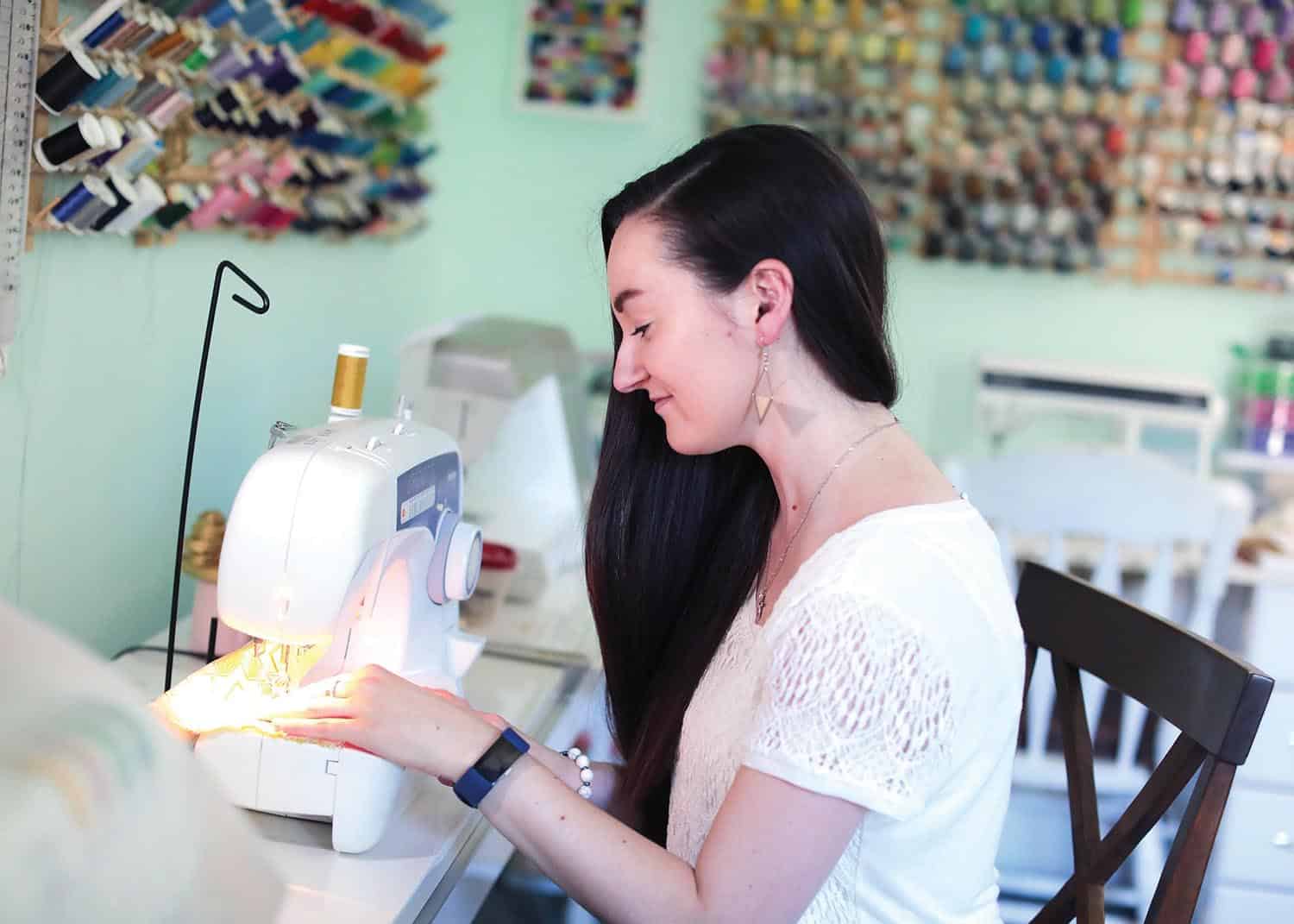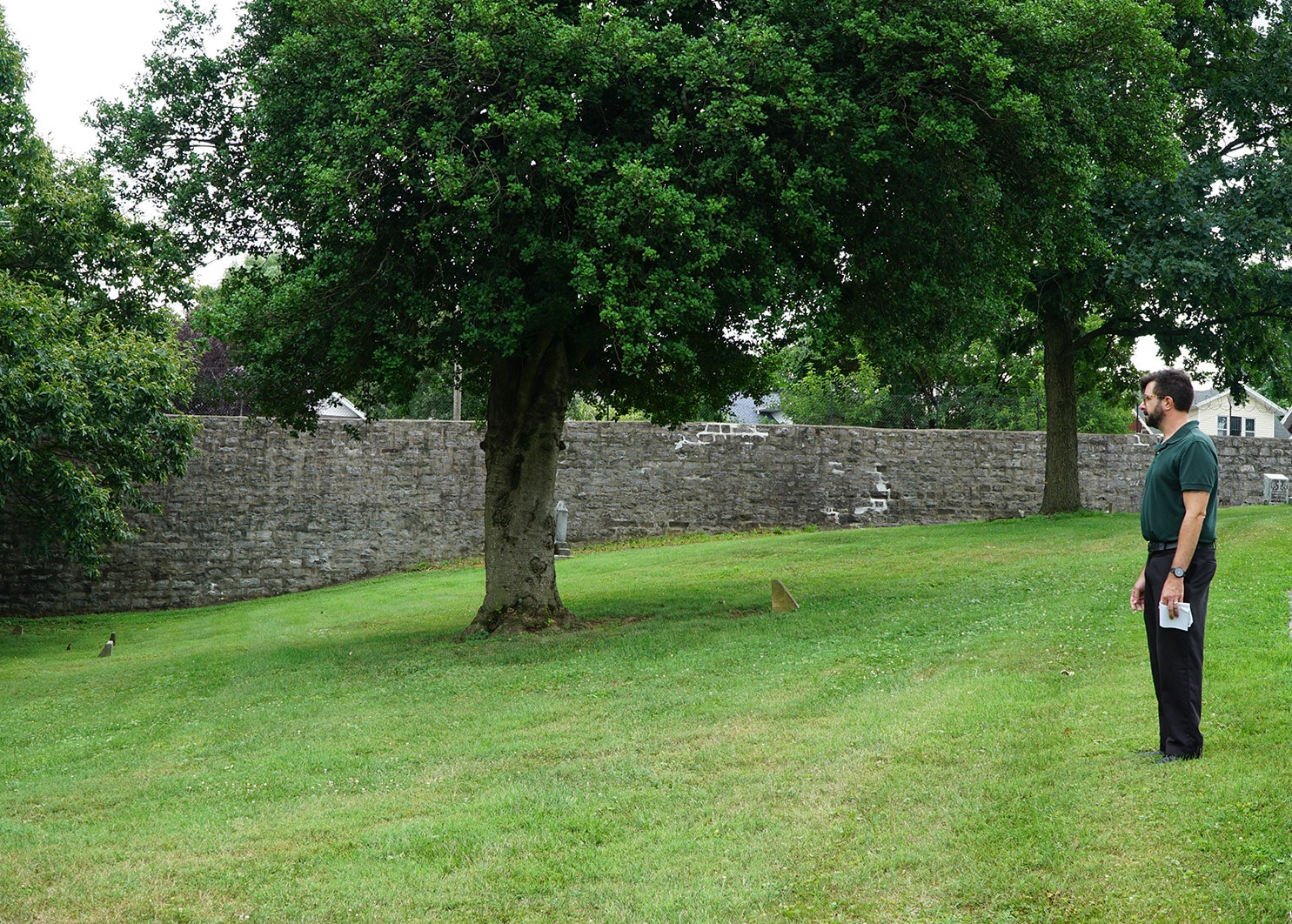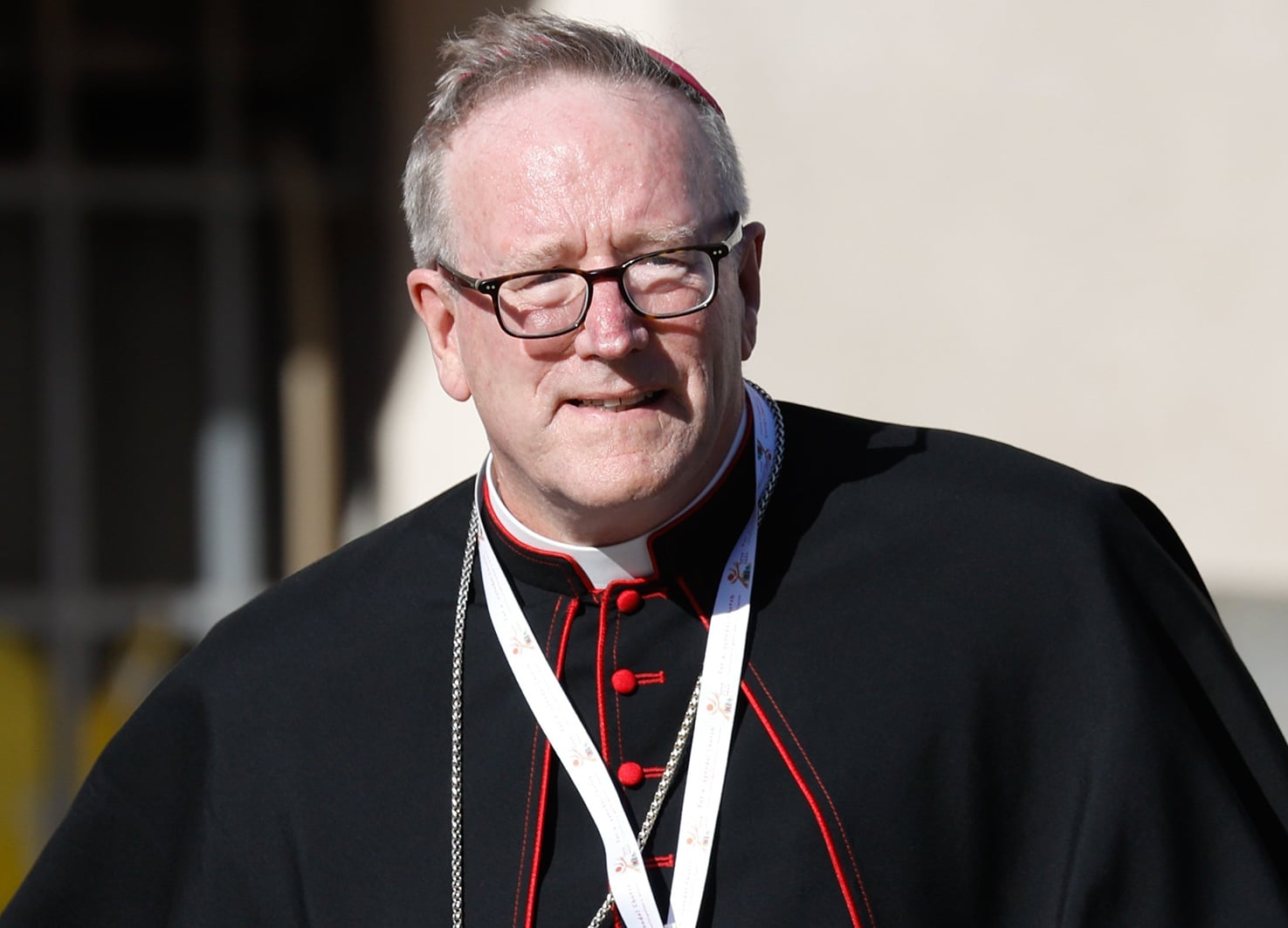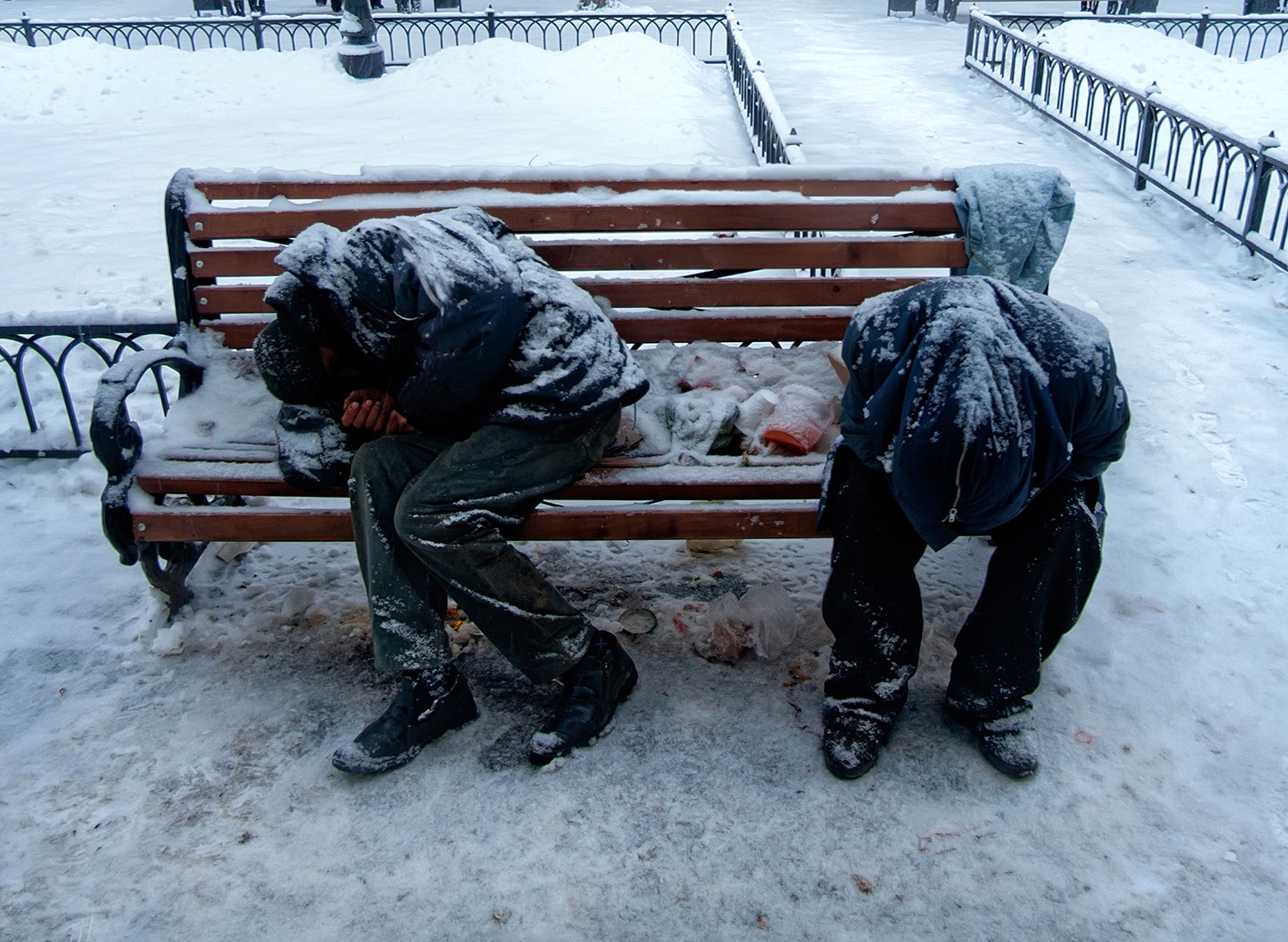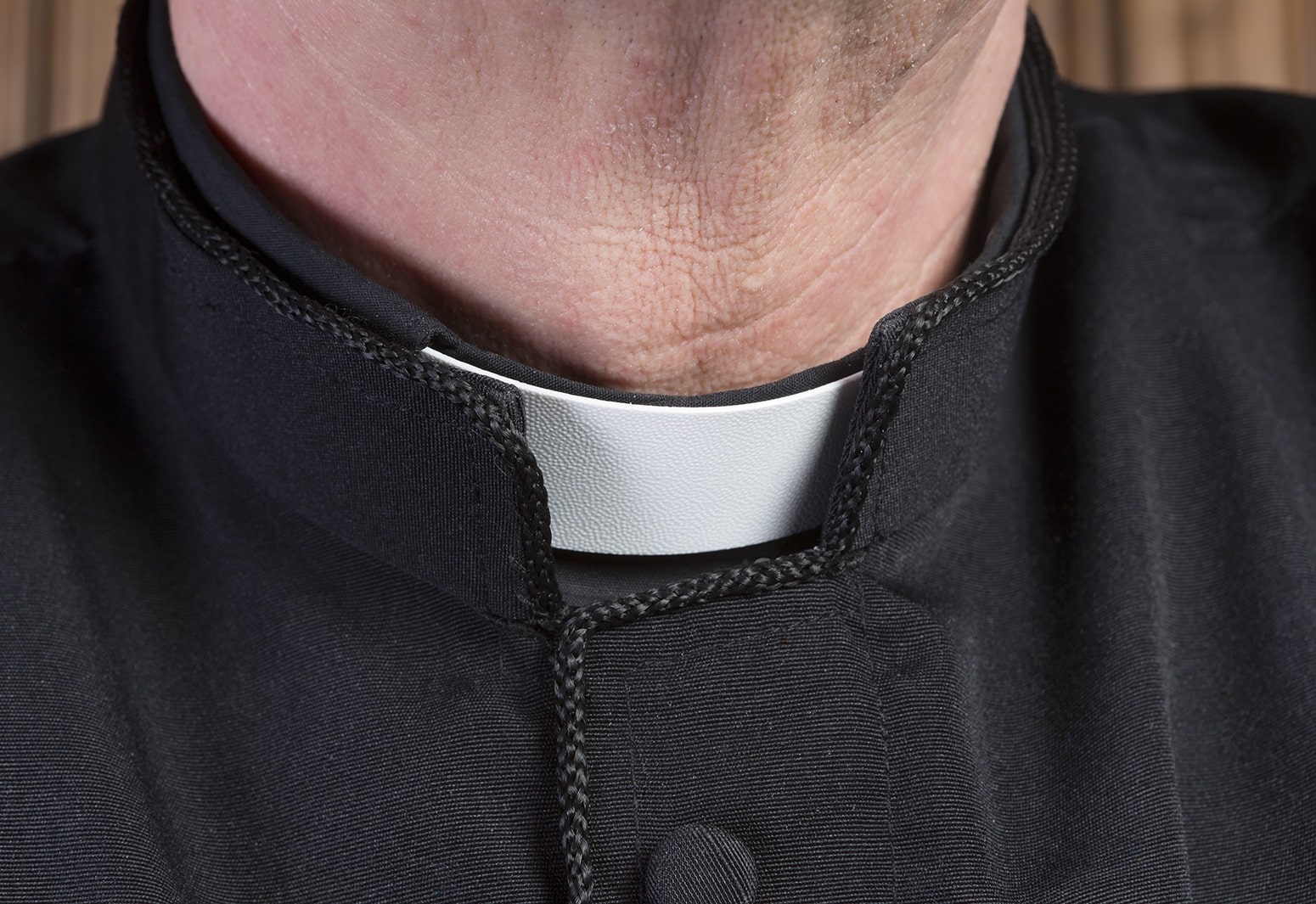ST. LOUIS (OSV News) — Sixteen-year-old Jack McDonald was a beneficiary of his high school’s learning center for embellishing academic skills such as note-taking and organizational strategies.
Because of this, McDonald already displayed an empathetic disposition to becoming a pilot student mentor at a Missouri Jesuit high school that this fall admitted two students with intellectual disabilities. Their parents had wanted a Catholic high school education for their children, which might not readily be available otherwise.
“What interested me was how kids with a disability learn — and to look at things and high school through their eyes,” McDonald told OSV News. “A big thing is the slower pace they run things through their brains, and they don’t always have an explanation for why they think things are right.”
McDonald, a junior at De Smet Jesuit High School in St. Louis, has been paired with Peter Marvin, a freshman with disabilities, in a brand new program that will be closely watched for its overall impacts on the student body and studied by the School of Education at nearby Jesuit-run St. Louis University.
Leaning on mentors
Marvin is one of two students with intellectual disabilities attending De Smet this fall, with the support of a carefully chosen team of student mentors who accompany the students through the school day.
While also taking classes with the general student population, there also is special one-on-one learning with the school’s faculty and staff involved in inclusive education. Students with disabilities pursue a modified diploma with their own graduation path, which may require an additional year of high school.
McDonald said he has already observed his mentee Marvin evolve from a shy student hesitant to raise his hand and offer an answer in class to a more outgoing student, giving presentations and fist-bumping with the other kids in the lunchroom.
“We take things at a different pace — an adjustment pace to high school,” McDonald said of his mentoring experience. “They want help in class and to get those answers. From eighth (grade) to high school is a jump.”
Integration and inclusion
The trend in education of students with disabilities has drastically evolved over the last several decades from one of a separate educational platform to an integrated approach of placing students in mainstream educational settings as much as possible.
While a number of St. Louis area parochial grade schools have been admitting students with disabilities, there was a void at the local Catholic high school level in a city with no small number of Catholic schools, according to Sarah Patton, De Smet’s director of inclusive education, who works closely with the two pilot program students there.
“In the past 20 years, there has been a coming around to having teaching staff and learning consultants for special needs children and providing a pull-out method where they come out of the (general) classroom and receive instruction in a study situation,” Patton told OSV News.
At De Smet, students with disabilities attend four classes with their peers, including physical education-health, theology, art and music, while they work privately with Patton on computer, science, English reading and mathematics-related courses.
Preparing for the workforce
“They do also have a study hall with me, and that is where I work with them on executive functioning skills, on homework and when they get older there might be more job skills related training,” she said.
“We are hoping to start a community based vocational instruction for skills program for being prepared to go to work, whereby in the afternoon they would go out in the community as volunteers and work at different sites including grocery stores,” said Patton, whose background included special education teaching for children in extended hospital stays.
De Smet is hoping to grow the program slowly, adding a few students each year and capping at around a 12-student maximum population, with the addition of a few inclusive education faculty to help support those students.
The thrust is in keeping with the Jesuits’ newest Universal Apostolic Preferences, which call for walking with the marginalized and youth, including a call for all Jesuit institutions to enact steps in that direction, according to Jesuit Father Ronald O’Dwyer, a graduate of Regis Jesuit High School in Denver and newly installed last year as president of De Smet.
“Pope Francis has been talking so much about including people with disabilities; we really wanted to respond to his call to be more inclusive and creative to how we were being welcoming and inclusive,” Father O’Dwyer said.
The school’s motto is “Men For Others,” and the introduction of students with disabilities will bring the spirit of community service and empathy closer to home on a daily basis for the student population in general, he said.
Catholic education for people with disabilities
Full inclusion of persons with disabilities in the Catholic Church is, in the U.S. and elsewhere, still a work in progress. However, the Synod on Synodality’s recent Oct. 4-29 session in Rome demonstrated intentional inclusion of persons with disabilities as equal participants in the church’s life, from planning to executing the global gathering, and highlighted how the synodal model provides a path for the church to do this at every level. The synod’s synthesis report also called upon the church to recognize the “apostolic capacities of persons with disabilities” and “better value the contribution to evangelization offered by the immense richness of their humanity.”
In addition to Peter Marvin, another freshman with disabilities, Aiden Hadican, whose father attended De Smet, is enrolled at the high school. Both students have Down syndrome, but this program isn’t just specifically for that population. Rather, it’s for students with intellectual disabilities whose families desire a Catholic education and are seeking an independent or semi-independent lifestyle following high school.
“I was in the cafeteria the other day and just to see Aiden and Peter walking in to the cafeteria with kids high-fiving them, finding them a place to sit and looking out for them is is just what I had hoped for,” Father O’Dwyer said. He added that at a recent Friday home football game, where the students paint their faces with the school colors, “I looked up and in the middle of them all is one of our students with Down syndrome (doing cheers) with all of the other kids — and of course weren’t totally in sync but it brought a tear to my eye.”
The impact of the program will be assessed by St. Louis University and the locally based One Classroom foundation, dedicated to creating inclusive Catholic educational opportunities for children with disabilities, and which is encouraging more local Catholic schools to participate.
Challenges for integration
Some of the challenges include discerning when a student with disabilities just needs affirmation and gentle redirection versus when they need to be told explicitly what to do. The hypothesis is that educators will see increased empathy among the general student body and increased awareness of inclusion.
“We hope to grow this by one to two students a year and be a more active partner with families in the parish grade schools if they desire a faith-based education and need options,” the priest said. “I would love to see one of our local girls’ schools have an option for those students coming out of grade school.”
The most interesting part of the project may be the pool of 16 upperclassmen De Smet vetted to serve as peer mentors — each passed a disciplinary and academic review and underwent a personal interview process to make sure they understood what they were signing up for. And that they had the proper motivation and heart for being a mentor to youth with disabilities.
“For some it was very personal; some have family members or relatives with disabilities and some others were wanting to challenge themselves to be more inclusive,” said principal Kevin Poelker, himself a 1998 graduate of De Smet.
Engaging peers
The mentors are enrolled in a related elective course touching on educational leadership and service, and which may eventually be formally associated with the St. Louis University School of Education.
Meanwhile, the peers engage in weekly reflections, writings and meetings with faculty concerning interaction with their mentees. Poelker is keeping a direct oversight on the process by himself teaching a freshman theology class which Hadican and Marvin attend.
“If you walked in (to our classroom) you might not notice anything different: The mentors are sitting nearby and sometimes they are helping Hadican and Marvin by repeating what we are doing or asking questions about what they learned, asking them to write down and process all that. Other students are working with them one on one,” Poelker said.
“Really what they are doing is modeling — so Aiden and Peter are taking clues from what their peers are doing,” he added.
The whole point, Father O’Dwyer added, is to have a community at De Smet “that does a better job of showing us what the church looks like.”


